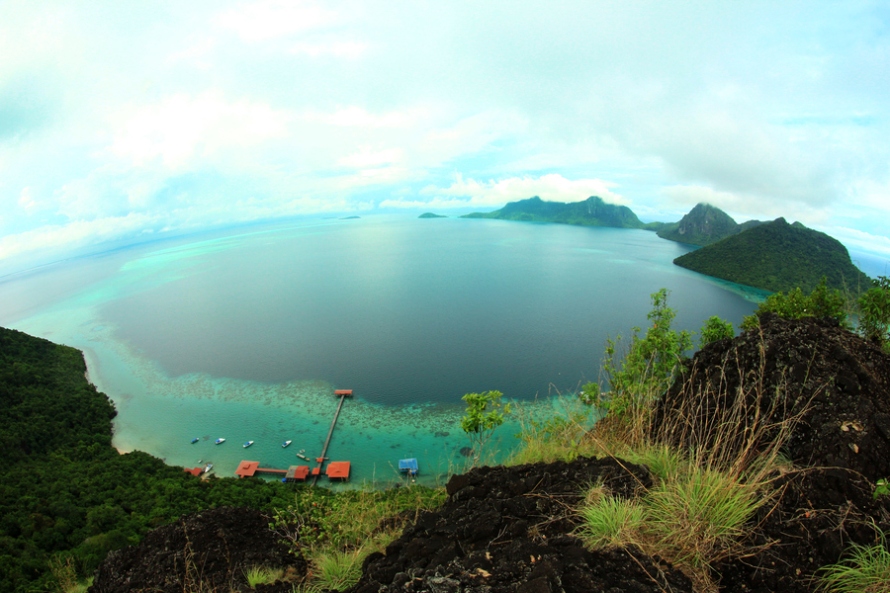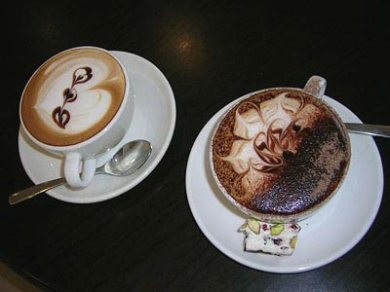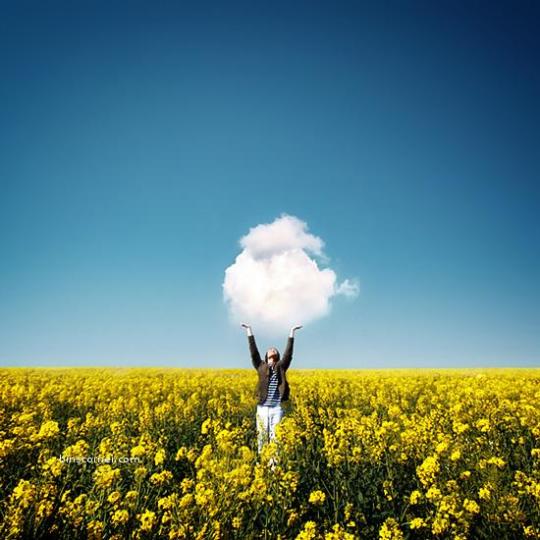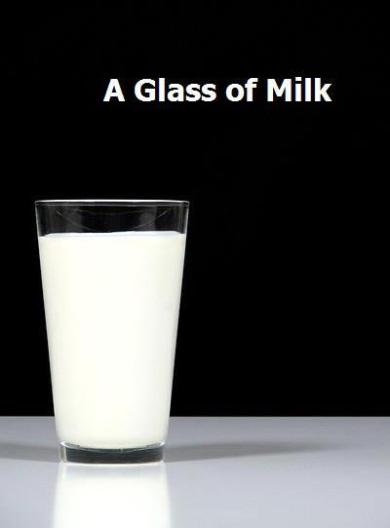Here is a list of the top 25 universites in the world displayed in decending order. This list of top 25
universities can help you take a look that which university holds what position among top 25 ranks according
to world university rankings 2009.
25. Kyoto University, Japan
Kyoto University rated as 25th best university in World University Rankings 2009. Founded in 1897, Kyoto
University has deeply considered its traditions of liberal and academic freedom, educating many. We
continue to actively maintain these principles, which are the foundation of academic freedom. Kyoto
University places top priority on basic research, develops advanced technology leading to the acquisition of
intellectual property, and then returns this knowledge to society through education, social cooperation, and
the opportunity for lifelong education. Kyoto University has 3 campuses nestled in a basin, which forms the
main part of Kyoto, a city which in tradition and culture of which Kyoto University is a part.
24. University of Hong Kong
University of Hong Kong rated as 24th best university in World University Rankings 2009. The University of
Hong Kong is the territorys oldest university, and with a history that stretches back more than 90 years, it has
grown with and helped shape the city from which it takes its name. The University of Hong Kong, as a
pre-eminent international university in Asia, seeks to sustain and enhance its excellence as an institution of
higher learning through outstanding teaching and world-class research so as to produce well-rounded
graduates with lifelong abilities to provide leadership within the societies they serve. HKU has won a proud
reputation as a world-class comprehensive research university. It offers internationally recognized
qualifications and it is renowned for its academic and research excellence worldwide. As an English-medium
university in China, HKU also offers researchers unique opportunities to bridge cultures and continents, and
to explore more on China-related studies.
23. Kings College London
Kings College London rated as 23rd best university in World University Rankings 2009. Kings College London
is a constituent college of the University of London in the United Kingdom. The college was founded by King
George IV and the Duke of Wellington in 1829, and its royal charter is predated in England only by those of
Oxford University and Cambridge University. There are currently more than 19,000 students in nine Schools
of study based at our five London campuses. We offer a vast range of undergraduate programmes, and
whichever programme you choose to pursue, you will work with academics who are often national or
international leaders in their field. As an undergraduate at Kings, you will become part of a vibrant and
intellectually stimulating community. You will be inspired by researchers, discoverers and inventors who are
pushing the boundaries of knowledge and will mix with students from across the UK, Europe and almost
every country in the world. Kings has played a major role in many of the advances that have shaped modern
life, such as the discovery of the structure of DNA. It is the largest centre for the education of healthcare
professionals in Europe and is home to five Medical Research Council Centres â‚€œ more than any other
university.
22. University of Tokyo
Page 1/6
PDF generated by PHPKB Knowledge Base Script
University of Tokyo rated as 22th best university in World University Rankings 2009. The University of Tokyo
abbreviated as Todai, is a major research university located in Tokyo, Japan. The University has 10 faculties
with a total of around 30000 students, 2100 of whom are foreign. Its five campuses are in Honga, Komaba,
Kashiwa, Shirokane and Nakano. It is considered to be one of the most prestigious universities in Japan.
21. University of Edinburgh
University of Edinburgh rated as 21st best university in World University Rankings 2009. The University of
Edinburgh was founded in 1583, making it one of Scotland s ancient universities. The University offers over
600 first degree programmes, which includes over 300 joint degree combinations, spread across some 100
academic disciplines. More than 22000 students study here, from all over the world and from a variety of
backgrounds. The University has 22 Schools in three Colleges: Humanities & Social Science, Medicine &
Veterinary Medicine, and Science & Engineering. World renowned and well respected, a degree from the
University of Edinburgh will be recognised wherever you go. The University of Edinburgh s success is not
limited to Scotland, or even the UK. We have a well-deserved international reputation for excellence, as
demonstrated in our partnerships with other key institutions worldwide, such as our work with Stanford
University on Informatics. Many of our degree programmes offer the opportunity to spend some time studying
abroad. Perhaps this international dimension helps explain why we have the largest proportion of
international students of any Scottish university.
20. ETH Zurich (Swiss Federal Institute of Technology)
ETH Zurich (Swiss Federal Institute of Technology) rated as 20th best university in World University Rankings
2009. ETH Zurich's 16 departments offer Bachelor, Master and Doctoral programmes in engineering and
natural sciences. The language of instruction in the Bachelor programmes is German, whereas English is the
prime language on the graduate level. All degree programmes provide a solid scientific foundation combined
with outstanding all-round skills, equipping ETH graduates with the abilities and flexibility needed for a career
in industry, business or the public sector, as entrepreneur or scientist.
19. University of Michigan, United States
University of Michigan rated as 18th best university in World University Rankings 2009. The University of
Michigan, one of the worlds leading public universities, has 26000 undergraduate and 15000
graduate/professional students from all 50 states and 117 countries. Students may choose from over 200
undergraduate majors, over 90 masters programs, and over 100 doctoral programs. Numerous research and
study abroad opportunities are offered at both the undergraduate and graduate levels. A wide variety of
social, cultural, and athletic activities are available. There is something for everyone here. The University is
located in the culturally rich and exciting community of Ann Arbor. Distinct yet closely integrated with the
University, Ann Arbor offers its own array of social and cultural offerings, to which University students are
enthusiastically welcomed. The city is home to numerous parks and athletic facilities, and boasts an excellent
public transportation system.
18. Mcgill University, Canada
Mcgill University rated as 18th best university in World University Rankings 2009. Innovative research
programs and cutting-edge facilities including our brand new Life Sciences Complex attract internationally
respected faculty. Our faculty excel at research; in 2008, McGill professors Nahum Sonenberg and Charles
Taylor took home, respectively, the Gairdner International Award and the Kyoto Prize, two of the worlds top
research prizes. McGills faculty are committed to excellence in teaching, too, bringing their cutting-edge
breakthroughs into the classroom. McGills 21 faculties and professional schools offer degrees in more than
300 fields of study. McGill offers a full range of bachelors, masters, and doctoral programs as well as
professional degrees in law, dentistry, business and medicine. The world-renowned Faculty of Medicine has
four affiliated teaching hospitals and graduates more than 1000 health care professionals each year.
17. Australian National University
Australian National University rated as 17th best university in World University Rankings 2009. The Australian
National University is one of the worlds foremost research universities. Distinguished by its relentless pursuit
of excellence, ANU attracts leading academics and outstanding students from Australia and around the
world. The primary educational objective of ANU is to become the university of choice for talented students
locally, nationally and internationally by offering a unique range of research-led degree programs. Graduate
education continues as one of the major focuses of the University and about one quarter of the total
enrolment is undertaking post-graduate study. Regardless of whether those students are enrolled in the
Institute of Advanced Studies or the Faculties, the full resources of both and of University Centres are
available to them through the Graduate School.
16. Stanford University, United States
Stanford University rated as 16th best university in World University Rankings 2009. Stanford University,
founded in 1885, is recognized as one of the worlds leading research and teaching institutions, with one of
the most renowned faculties in the nation. Stanford students men and women of all races, ethnicities and
ages are distinguished by their love of learning and desire to contribute to the greater community. Stanford
University offers its students a remarkable range of academic and extracurricular activities. We are
committed to offering an education that is unrivaled among research universities.
15. Cornell University, United States
Cornell University rated as 15th best university in World University Rankings 2009. Once called "the first
American university" by educational historian Frederick Rudolph, Cornell University represents a distinctive
mix of eminent scholarship and democratic ideals. Adding practical subjects to the classics and admitting
qualified students regardless of nationality, race, social circumstance, gender, or religion was quite a
departure when Cornell was founded in 1865. Todays Cornell reflects this heritage of egalitarian excellence.
It is home to the nations first colleges devoted to hotel administration, industrial and labor relations, and
veterinary medicine. Both a private university and the land-grant institution of New York State, Cornell
University is the most educationally diverse member of the Ivy League.
14. Duke University, United States
Duke University rated as 14th best university in World University Rankings 2009. Duke University was created
in 1924 by James Buchanan Duke as a memorial to his father, Washington Duke. The Dukes, a Durham
family that built a worldwide financial empire in the manufacture of tobacco and developed electricity
production in the Carolinas, long had been interested in Trinity College. Trinity traced its roots to 1838 in
nearby Randolph County when local Methodist and Quaker communities opened Union Institute. The school,
then-named Trinity College, moved to Durham in 1892. In December 1924, the provisions of James B. Dukes
indenture created the family philanthropic foundation, The Duke Endowment, which provided for the
expansion of Trinity College into Duke University.
13. Johns Hopkins University, United States
Johns Hopkins University rated as 13th best university in World University Rankings 2009. The Johns Hopkins
University, founded in Baltimore in 1876, was the first university in the Western Hemisphere founded on the
model of the European research institution, where research and the advancement of knowledge were
integrally linked to teaching. Its establishment began a revolution in U.S. higher education. The Johns
Hopkins University, commonly referred to as Johns Hopkins, JHU, or simply Hopkins, is a private research
university located in Baltimore, Maryland, United States. Johns Hopkins also maintains full-time campuses
elsewhere in Maryland, Washington, D.C., Italy, China, and Singapore. Johns Hopkins University has an
affiliated hospital and medical school. It is one of fourteen founding members of the Association of American
Universities.
12. University of Pennsylvania, United States
University of Pennsylvania rated as 12th best university in World University Rankings 2009. The University of
Pennsylvania (commonly referred to as Penn or UPenn) is a private research university located in
Philadelphia, Pennsylvania, USA. Penn is the fourth-oldest institution of higher education in the United
States, and is one of several institutions that claims to have been the first university in America. Penn is a
member of the Ivy League and is one of the Colonial Colleges. University of Pennsylvania has been
committed to excellence in scholarship, research and service. From its highly regarded undergraduate,
graduate and professional schools to its wide-ranging program of interdisciplinary research and scholarship,
Penn takes pride in being a place where students and faculty can pursue knowledge without boundaries, a
place where theory and practice combine to produce a better understanding of our world and ourselves.
11. Columbia University, United States
Columbia University rated as 11th best university in World University Rankings 2009. Columbia University is
one of the worlds most important centers of research and at the same time a distinctive and distinguished
learning environment for undergraduates and graduate students in many scholarly and professional fields.
The University recognizes the importance of its location in New York City and seeks to link its research and
teaching to the vast resources of a great metropolis. It seeks to attract a diverse and international faculty and
student body, to support research and teaching on global issues, and to create academic relationships with
many countries and regions. It expects all areas of the university to advance knowledge and learning at the
highest level and to convey the products of its efforts to the world.
10. California Institute of Technology (Caltech), United States
California Institute of Technology (Caltech) rated as 10th best university in World University Rankings 2009.
The mission of the California Institute of Technology is to expand human knowledge and benefit society
through research integrated with education. We investigate the most challenging, fundamental problems in
science and technology in a singularly collegial, interdisciplinary atmosphere, while educating outstanding
students to become creative members of society.
9. Massachusetts Institute of Technology (MIT), United States
Massachusetts Institute of Technology (MIT) rated as 9th best university in World University Rankings 2009.
The Institute is committed to generating, disseminating, and preserving knowledge, and to working with
others to bring this knowledge to bear on the worlds great challenges. MIT is dedicated to providing its
students with an education that combines rigorous academic study and the excitement of discovery with the
support and intellectual stimulation of a diverse campus community. We seek to develop in each member of
the MIT community the ability and passion to work wisely, creatively, and effectively for the betterment of
humankind. The mission of MIT is to advance knowledge and educate students in science, technology, and
other areas of scholarship that will best serve the nation and the world in the 21st century.
8. PRINCETON University, United States
PRINCETON University rated as 8th best university in World University Rankings 2009. Princeton is the 4th
oldest college in the United States. As a research university, it seeks to achieve the highest levels of
distinction in the discovery and transmission of knowledge and understanding, and in the education of
graduate students. At the same time, Princeton is distinctive among research universities in its commitment
to undergraduate teaching. The University provides its students with academic, extracurricular and other
resources in a residential community committed to diversity in its student body, faculty and staff that help
them
achieve at the highest scholarly levels and prepare them for positions
of leadership and lives of service in many fields of human endeavor.
7. University of CHICAGO, United States
University of CHICAGO rated as the 7th best university in World University Rankings 2009. The University of
Chicago was founded in 1890 by the American Baptist Education Society and oil magnate John D.
Rockefeller. The University of Chicago has had a profound impact on American higher education; curricula
across the country have been influenced by the emphasis on broad humanistic and scientific undergraduate
education. The University also has a well-deserved reputation as the teacher of teachers.
6. University of OXFORD, United Kingdom
University of OXFORD rated the sixth best university in World University Rankings 2009. Oxford is the oldest
university in the English-speaking world and lays claim to nine centuries of continuous existence. As an
internationally renowned centre for teaching and research, Oxford attracts students and scholars from across
the globe, with almost a quarter of our students from overseas. More than 130 nationalities are represented
among a student population of over 18,000. Oxford is a collegiate university, with 39 self-governing colleges
related to the University in a type of federal system. There are also seven Permanent Private Halls, founded
by different Christian denominations. Thirty colleges and all halls admit students for both undergraduate and
graduate
degrees. Seven other colleges are for graduates only; one has Fellows
only, and one specializes in part-time and continuing education.
5. Imperial College London
Imperial College London, rated the 5th best university in the world for 2009. Imperial College London is a
university of world class scholarship, education and research in science, engineering and medicine, with
particular regard to their application in industry, commerce and healthcare. The College has over 3,000
academic and research staff and almost 14,000 students from over 120 different countries. Our reputation for
excellence in teaching and research in science, engineering, medicine and business attracts students and
staff of the highest international calibre. Imperial College staff are frequently consulted by governments, and
also act as members of professional bodies, advise industry, and offer informed comment to the media.
4. UCL (University College London)
UCL (University College London) rated the 4th best university in World University Rankings 2009. UCL is a
multidisciplinary university with an international reputation for the quality of its research and teaching across
the academic spectrum, with subjects spanning the sciences, arts, social sciences and biomedicine. In the
2008 Research Assessment Exercise (RAE) UCL was rated the best research university in London, and third
in the UK overall, for the number of its submissions which were considered of world-leading quality. The
university is located on a compact site in the very heart of London and is surrounded by the greatest
concentration of libraries, museums, archives, cultural institutions and professional bodies in Europe.
3. Yale University, United States
Yale University rated as third best university in the World University Rankings 2009. Yale University is one of
the most famous schools in the United States, with a long history of service and an alumni list that reads like
a "Whos Who" of successful people. Yale University is the fulfillment of a European vision of intellectual
freedom that is aimed at the service of the community and country. It has championed over history and
survived the most destructive calamities such as the American Revolution. Since then, the university has
continually grown and progressed to a center for high quality education that is recognized by the global
community. The university is considered one of the oldest institution of higher education in the US. It was
founded in 1701 and is a proud member of the prestigious Ivy League.
2. Cambridge University, United Kingdom
University of Cambridge rated the second best in World University Rankings 2009. The University of
Cambridge is one of the oldest universities in the world and one of the largest in the United Kingdom. Its
reputation for outstanding academic achievement is known world-wide and reflects the intellectual
achievement of its students, as well as the world-class original research carried out by the staff of the
University and the Colleges. Its reputation is endorsed by the Quality Assurance Agency and by other
external reviewers of learning and teaching, such as External Examiners. These high standards are the result
of both the learning opportunities offered at Cambridge and by its extensive resources, including libraries,
museums and other collections. Teaching consists not only of lectures, seminars and practical classes led by
people who are world experts in their field, but also more personalised teaching arranged through the
Colleges. Many opportunities exist for students to interact with scholars of all levels, both formally and
informally.
1. Harvard University, United States
Harvard University holds the number one position in World University Rankings 2009 thus making it the best
university in whole world. Harvard is America's oldest institution of higher learning, founded 140 years before
the Declaration of Independence was signed. The University has grown from nine students with a single
master to an enrollment of more than 18000 degree candidates, including undergraduates and students in 10
principal academic units. An additional 13000 students are enrolled in one or more courses in the Harvard
Extension School. Over 14000 people work at Harvard, including more than 2000 faculty. There are also
7000 faculty appointments in affiliated teaching hospitals.
Thank you!!!:-)



